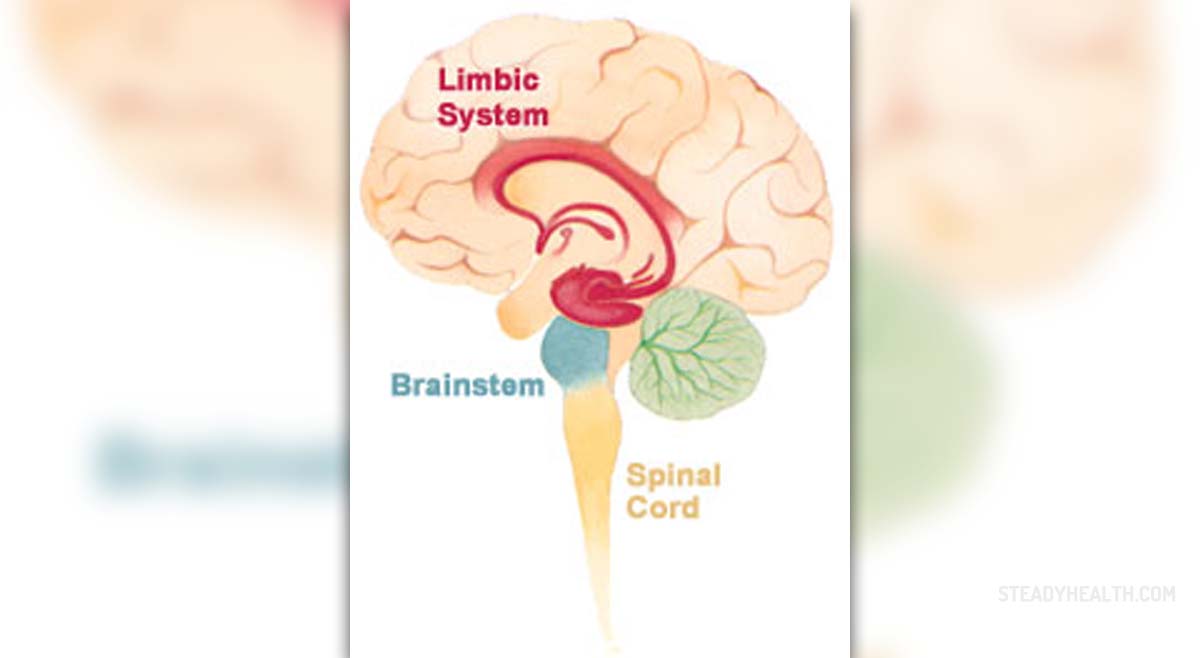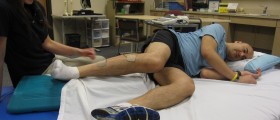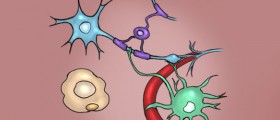
The Mystery of Pain
Pain is one of major characteristic ofhuman being, whether we like it or not. Pain makes us feel danger, orperceive something bad, once it starts happening to us. Moreover, ourorganism is able to warn us of some troubles inside of it, by usingpain in order to direct to the troublesome areas. All in all, pain isa strange, painfully useful phenomenon. Without pain, people wouldguard themselves less and thus get hurt more, without even noticingit. This is why many scientists are amazed by the existence of pain.Yet, its conduct is still quite a mysterious subject for the humanscience. There are many theories about pain and its connection withour brain and our nervous system. Nevertheless, many things are stillin the mist, waiting to be found and explained. One of the theorieswhich tries to cast light onto this pain mystery is the gate controltheory.
The Gate Control Theory
Whenever we are exposed to physicalinjury such as cutting or burning a certain part of our body, itsnervous system reacts more quickly than we are capable of imagining.Namely, we are not even aware of the process until it is already overand our body part has moved from the cause of pain. The nerves insidethe injured part of the skin, immediately upon the intrusion, sendstimuli to the brain via the widely connected system of nervesspreading through our body. This information, upon reaching thebrain gets analyzed. Next, the brain reacts to the stimuli bytriggering the movement of muscles so as to prevent further damagefrom being done to our injured body part. All in all, the wholeprocess goes from the nerves hurt, through the nerves in our spine,all the way to our brain and back, through the muscles and necessaryreactions. But, different people perceive pain differently, and painitself depends upon the psychological state of the person inquestion. This is where the gate control theory gets implemented.
Both small nerve fibers and large nervefibers are involved in the transmission of the pain stimuli. However,they both need to react in a specific way in order for the paininformation to reach our brain. Sometimes, therefore, in somesituations we do not experience pain even though we receive thestimuli.
When this happens, both of the fibersinvolved did not precede the signals further to the transmissioncells and the central nervous system.
The same happens when only our largenerve fibers report pain; there is no further reaction. However, onlywhen the small pain receptors input and the sensory neuron input arenot large enough to activate inhibitory cells is the pain signaltransferred to the central nervous system.
Subsequently, if we, upon experiencingpain, stimulate our muscles to produce large sensory signals, we arelikely to stop our pain. This is why rubbing or applying pressure towounds is effective in pain control and reduction. Thus, how we reactto pain will influence the amount of pain itself. Our central nervoussystem is in charge of pain information transfer and, once we closethe pain gate leading to it, we reduce the pain as well. That is whywill power is capable of reducing pain, causing differences in painperception among every individual.









_f_280x120.jpg)
_f_280x120.jpg)

_f_280x120.jpg)




Your thoughts on this
Loading...